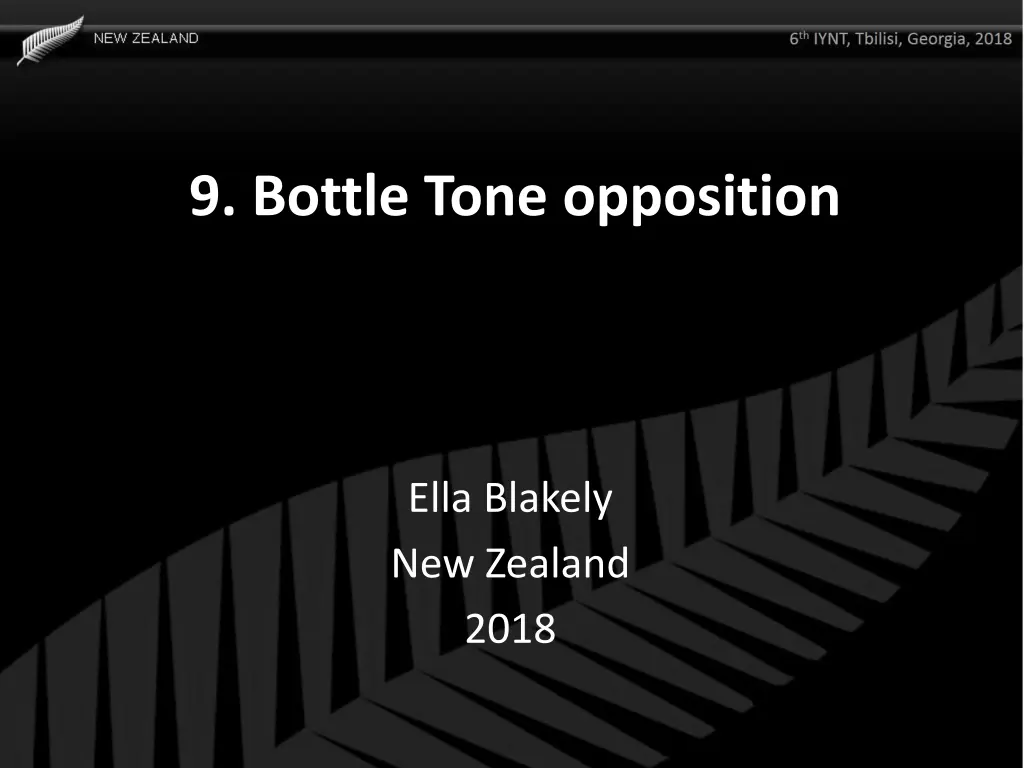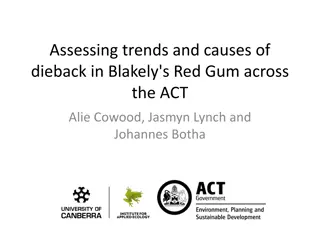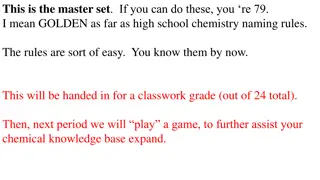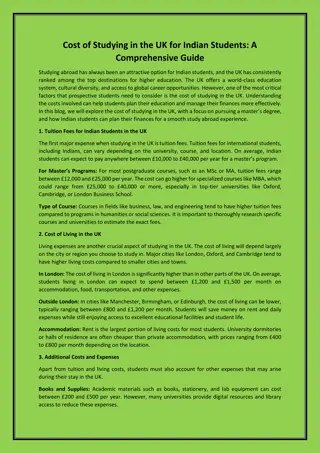
Study on Frequency Changes in Sound Production
Explore the variations in sound produced by an empty bottle versus a water-filled bottle. Analyze theoretical models, sound predictions, and experimental data to understand the factors influencing sound frequency. Evaluate the strengths and weaknesses of the study and discuss methods for measuring frequency, predicting bottle frequency, ensuring fair testing, and drawing valid conclusions.
Uploaded on | 2 Views
Download Presentation

Please find below an Image/Link to download the presentation.
The content on the website is provided AS IS for your information and personal use only. It may not be sold, licensed, or shared on other websites without obtaining consent from the author. If you encounter any issues during the download, it is possible that the publisher has removed the file from their server.
You are allowed to download the files provided on this website for personal or commercial use, subject to the condition that they are used lawfully. All files are the property of their respective owners.
The content on the website is provided AS IS for your information and personal use only. It may not be sold, licensed, or shared on other websites without obtaining consent from the author.
E N D
Presentation Transcript
9. Bottle Tone opposition Ella Blakely New Zealand 2018
The Problem Take an empty bottle and blow air across its mouth to produce a sound. Now fill the bottle with some water and study how the sound changes. 2
Addressing the problem Theoretical Model/Sound Predictions Valid Experimental Data Why The Sound Changes Relevant Variables Tested 3
Strengths Theory Practical Had staring to calculating frequency Did a number of tests 4
Weaknesses Theory Practical No theoretical mode Theory was irrelevant Invalid data Not enough variable tested or controlled Does not explain how to measure frequency No graphs No comparison of data 5
Points for discussion How can you measure the frequency of a sound How would you be able to predict the frequency for a bottle How can you be sure you method was fair Explain conclusions 6






